WHEN TRAVEL IS NO LONGER A LUXURY
At 6 a.m. at Tan Son Nhat domestic terminal, Mrs. Nguyen Thi Hue (63 years old, Binh Dong Ward, Ho Chi Minh City) was dragging a worn-out beige suitcase. For the first time in her life, she flew to Da Nang with her children and grandchildren. "I used to think that traveling was something for the rich. Now that I'm old, I want to reward myself once. Travel to live a happy and healthy life, closer to my children and grandchildren," she said, holding the hand of her 3rd grade granddaughter eagerly waiting for the flight.
Tourist attractions in Phu Quoc ( An Giang ) are crowded with Vietnamese tourists. Photo: Le Nam
Also changing his mind like Mrs. Hue, Mr. Pham Van Loc (37 years old, a worker in Binh Duong ) just spent the entire September 2nd holiday taking his wife and children to Phu Quoc. With a salary of 12 million VND/month, Mr. Loc had never thought of vacationing at a resort before. "After the Covid-19 epidemic, I realized that life is very fragile, so if I have the conditions, I just experience it. I saved up all year, instead of buying a new phone, I saved money to take my family to the beach, so the children would have a more memorable childhood," he said.
On the other hand, young people see travel as a way of life. Tran My Duyen (25 years old, bank employee) sets a goal of taking at least 3 trips abroad each year. "Traveling is to learn and relieve stress. Last year I went to Japan to see cherry blossoms, this year I went to Korea and am planning to go to Europe. I save money on food and shopping to save money for the trip," Duyen said.
These are just a few cases among millions of Vietnamese people who have changed their outlook on life, considering travel as an essential need in life, instead of a luxury as before.
Mr. Le Van Phuc (55 years old, Dong Nai), director of a small business, chose to trek Nepal to celebrate his "half-life" birthday. He admitted that he learned a lot after the trip and the more he traveled, the more he appreciated life and the present. Mr. Phuc said that on the journey from Kathmandu to Pokhara, he met many Vietnamese families teaching their children how to hike, pitch tents, and respect nature...
These seemingly unrelated pieces of everyday life reflect a significant issue: Travel has gone from a luxury to a necessity for many Vietnamese people. Investing in a trip is becoming a purposeful financial choice, aiming to take care of one’s spirit, health and family bonds.
Stimulate consumption, promote the country's image to the world
When it comes to tourism, international tourists are always the most interested group. Most reports emphasize the number of international tourists attracted each month and each quarter. But in reality, domestic tourists are the "solid infrastructure" in terms of both quantity and quality.
According to the Vietnam National Administration of Tourism, in the first 8 months of 2025, international visitors to Vietnam reached nearly 14 million, an increase of nearly 22% over the same period last year. During the same period, there were 106 million domestic tourists traveling within the country. In particular, in just 4 days of National Day holiday (from August 30 to September 2), it is estimated that the tourism industry nationwide served about 5.5 million visitors, an increase of 83.3% over the same period in 2024. At the regular Government meeting held in early September, Prime Minister Pham Minh Chinh affirmed that tourism continues to be considered one of the 9 bright spots of the socio-economy with impressive growth.
Going back more than 4 years ago, when the Covid-19 pandemic had just been brought under control, while international tourism was frozen, it was the flow of domestic tourists that maintained the industry's vitality. Stimulus programs launched by the Ministry of Culture, Sports and Tourism and the Vietnam National Administration of Tourism quickly revived the market. In 2022 alone, the number of domestic tourists broke through to 101.3 million, surpassing the record of 85 million in 2019, showing that domestic purchasing power is an irreplaceable driving force.
Many tourism experts say that if international visitors bring the "spotlight", domestic visitors are the silent "backbone" of the industry. Dr. Pham Huong Trang, lecturer in tourism and hotel management at RMIT University Vietnam, believes that thanks to this huge market, Vietnam's tourism has a solid foundation and is less volatile in the face of global shocks: "The number of 106 million domestic visitors traveling domestically shows that domestic purchasing power is recovering strongly."
Not only domestically, Vietnamese people are also traveling abroad more and more, the destinations are more and more diverse, making Vietnam a potential market for the tourism industry of countries in the region. The most popular destinations favored by Vietnamese people are Thailand, Singapore, Korea, Japan..., places that are close and have reasonable costs. Many young people of Gen Z choose Bangkok or Seoul; middle-class families take advantage of package tours to Japan to see cherry blossoms; or go to Singapore and Malaysia to play at amusement parks.
In particular, many Vietnamese tourists when going abroad not only go to enjoy, but also become "ambassadors" to promote the country's image. On the high mountain peaks in Nepal, the Himalayas or the trekking routes of South America, the red flag with yellow star fluttering in the hands of Vietnamese backpackers always makes a strong impression. Photos checking in with the national flag are widely shared, spreading national pride. Images of Vietnamese students wearing Ao Dai in the middle of the old town of Kyoto (Japan) or European squares become unique "identification marks", making international friends curious about Vietnam. And the images of thousands of fans in bright red at the SEA Games and World Cup further depict the youthful, vibrant spirit of the Vietnamese people. Each trip, each photo, each cultural symbol brought along has contributed to creating the proud "color of the flag", bringing Vietnam closer to friends around the world. These are both intangible and tangible values that cannot be measured.
Consumption flow after every step
But tourism is not just about moving around. Every dollar spent on a trip, from tickets, hotels, meals, will lead to 2-3 indirect dollars spent on local agricultural products, handicrafts, transportation services, and entertainment. This makes tourism a "boost" for a large supply chain, creating more jobs, reallocating resources, and promoting regional economic development.
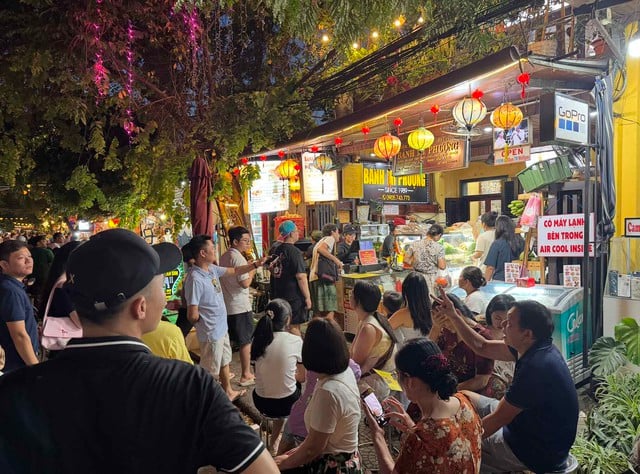
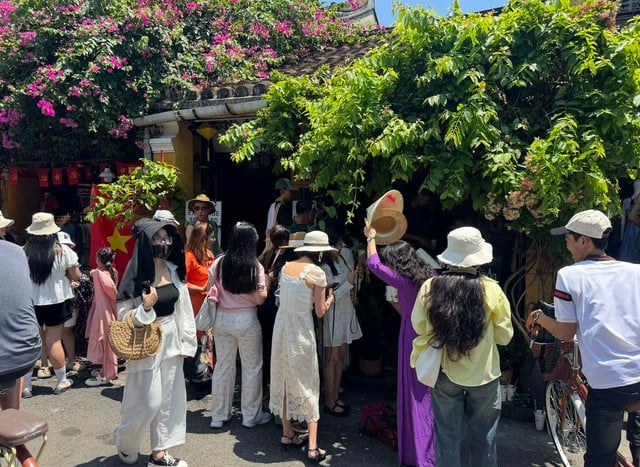
Phuong Banh Mi Shop in Hoi An (Da Nang) is always full of customers waiting. Photo: Le Nam
In the domestic market, each trip of Vietnamese people brings along a whole flow of cross-industry consumption: from meals at small restaurants, taxis, handicraft souvenirs, to the consumption of local agricultural products.
Not only that, tourism also promotes trade and communication. An attractive destination is often strongly promoted through the press, social networks, or the tourists' own experiences, creating a ripple effect many times greater than the initial spending value. Festivals and tourism events also become catalysts to promote culture, attract investment and stimulate regional trade.
Therefore, when Vietnamese people travel more, not only the tourism industry benefits but the domestic economy is also given more momentum. This is the reason why tourism is considered a "combined boost" that both generates direct revenue and spreads to many areas, contributing to stabilizing and improving the quality of growth.
More importantly, the fact that Vietnamese people travel more is the clearest evidence of the development of the domestic economy. Dr. Tran Anh Tung (University of Economics and Finance, Ho Chi Minh City) emphasized: "The trend of spending on tourism clearly reflects the living standards of the people. In the past, when life was still difficult, the spending budget for each family mainly prioritized basic and essential needs. When life is more prosperous and richer, Vietnamese people consider tourism as a regular expense. This is a sign of an increasingly strong middle class; it is also the clearest evidence of the growth and development of the Vietnamese economy."
According to Mr. Tung, in just the first 8 months of the year, Vietnam's tourism industry brought in 707,000 billion VND in revenue. This is a very impressive number, because in the whole year of 2024, Vietnam's total revenue from tourists will only reach about 840,000 billion VND. That is the amount of money earned from more than 17.5 million international visitors and 110 million domestic visitors. Even in the golden year of the tourism industry before the pandemic (2019), after 12 months, Vietnam only "pocketed" 755,000 billion VND from 18 million international visitors and 85 million domestic visitors. "These numbers confirm that tourism is not only a single service industry, but also an important driving force for domestic economic growth," Mr. Tung emphasized.
Dr. Pham Huong Trang analyzed: The increase in domestic tourists and Vietnamese people traveling abroad reflects a shift in consumer thinking: Vietnamese people today value spiritual, cultural, and natural experiences. Sustainable tourism, smart tourism, and local experiences are increasingly sought after, showing that this is not only a habit, but also proof of increasingly prosperous lives and the country's economic development.
The growing spending on tourism in the household budget also spills over into a range of other areas. For example, a family of four from Ho Chi Minh City chose to go on a weekend vacation to Da Lat. The round-trip sleeper bus fare alone brought revenue to the transportation industry. Upon arrival, they stayed at a homestay, enjoyed breakfast with banh can, and drank coffee at a small shop in the alley. In the afternoon, the family visited a strawberry farm, bought a few kilos to take home, then went to the night market to choose some handmade souvenirs.
"On the surface, it was just a simple trip. But if we go into details, that trip activated a series of links, from passenger transport, accommodation services, cuisine, agricultural products, to handicrafts. In addition, sharing photos and experience clips on social networks also accidentally became a free promotional channel, attracting more tourists to Da Lat," Ms. Trang said, emphasizing that the biggest opportunity now lies in taking advantage of the momentum from more than 100 million domestic tourists who are growing strongly, in parallel with attracting international tourists with unique products and modern technology.
According to Thanhnien.vn
Source: https://thanhnien.vn/nguoi-viet-xe-dich-va-kinh-te-viet-nam-185251009205445432.htm







![[Photo] Discover unique experiences at the first World Cultural Festival](https://vphoto.vietnam.vn/thumb/1200x675/vietnam/resource/IMAGE/2025/10/11/1760198064937_le-hoi-van-hoa-4199-3623-jpg.webp)


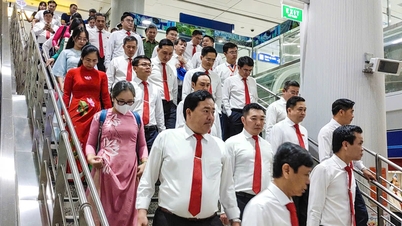

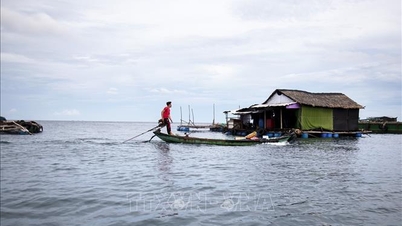
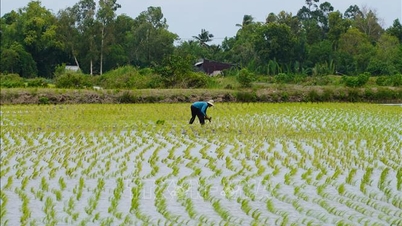
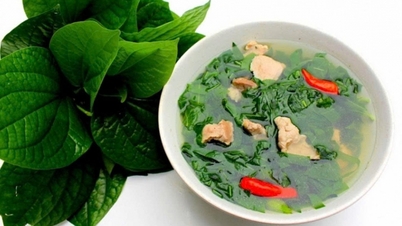



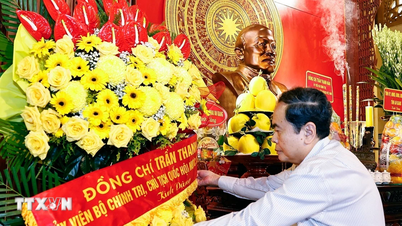

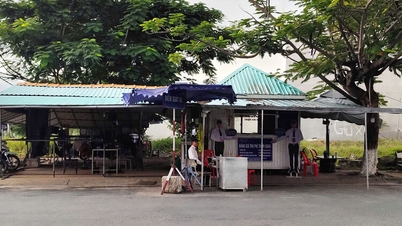

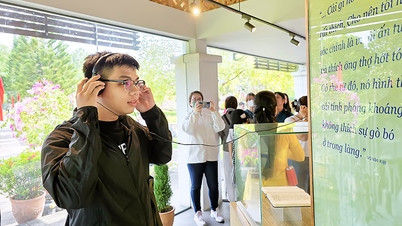

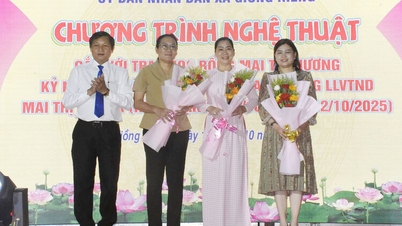
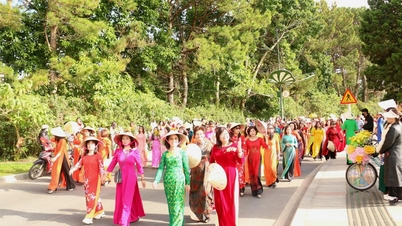

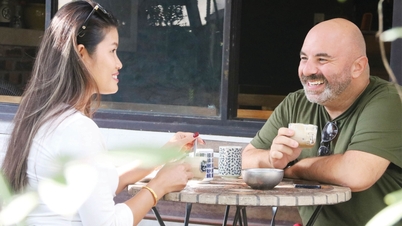







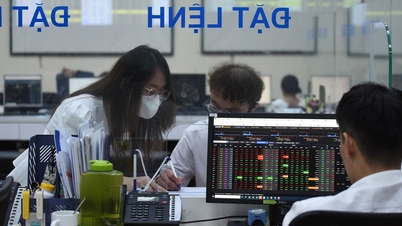
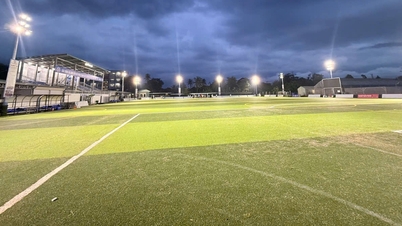

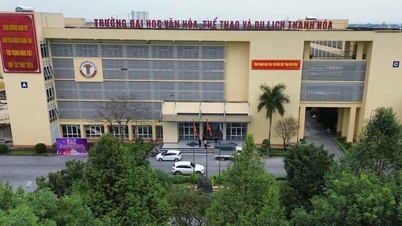

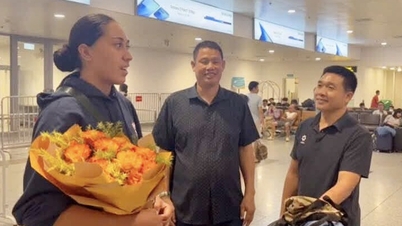
![[Photo] General Secretary attends the parade to celebrate the 80th anniversary of the founding of the Korean Workers' Party](https://vphoto.vietnam.vn/thumb/1200x675/vietnam/resource/IMAGE/2025/10/11/1760150039564_vna-potal-tong-bi-thu-du-le-duyet-binh-ky-niem-80-nam-thanh-lap-dang-lao-dong-trieu-tien-8331994-jpg.webp)





























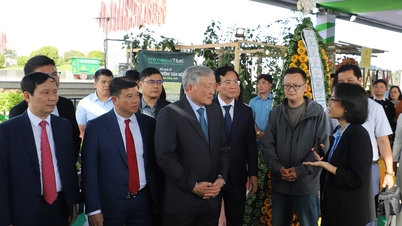
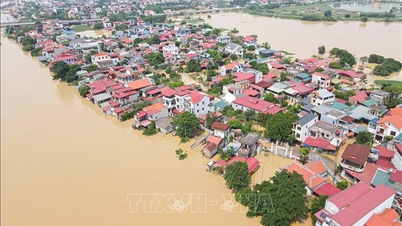
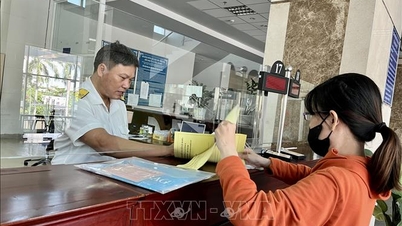
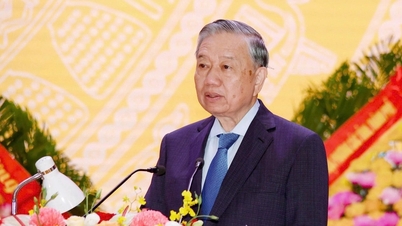

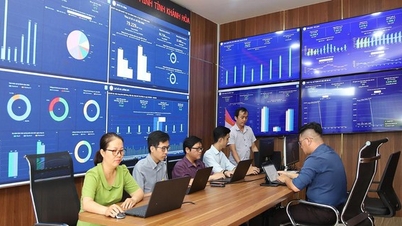

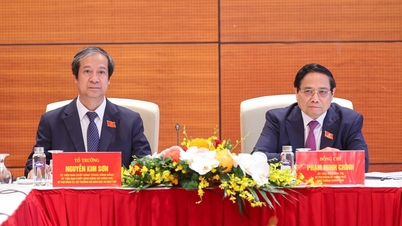

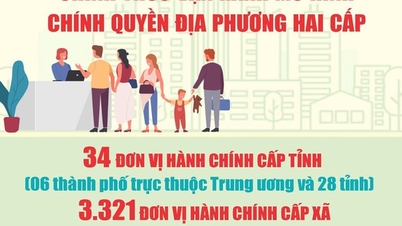
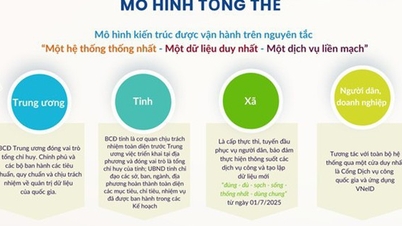
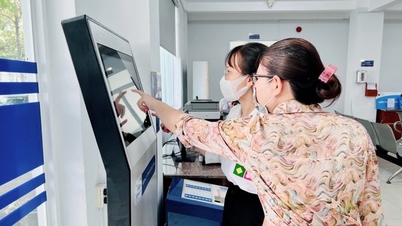
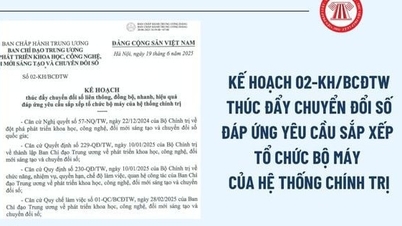
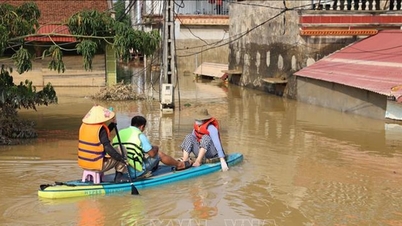

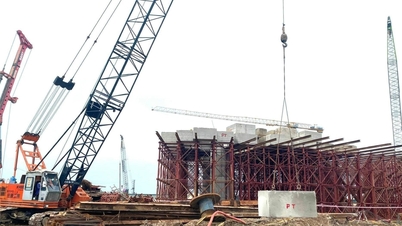

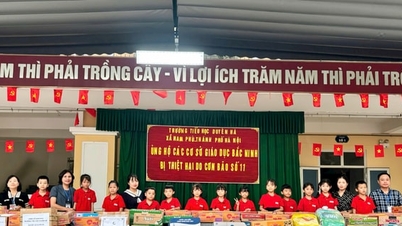



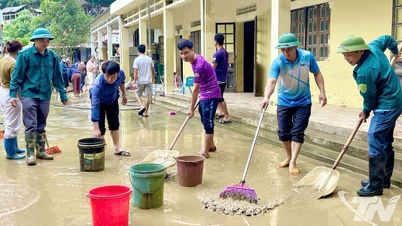

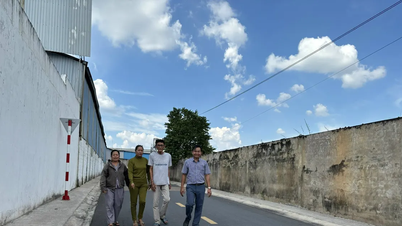











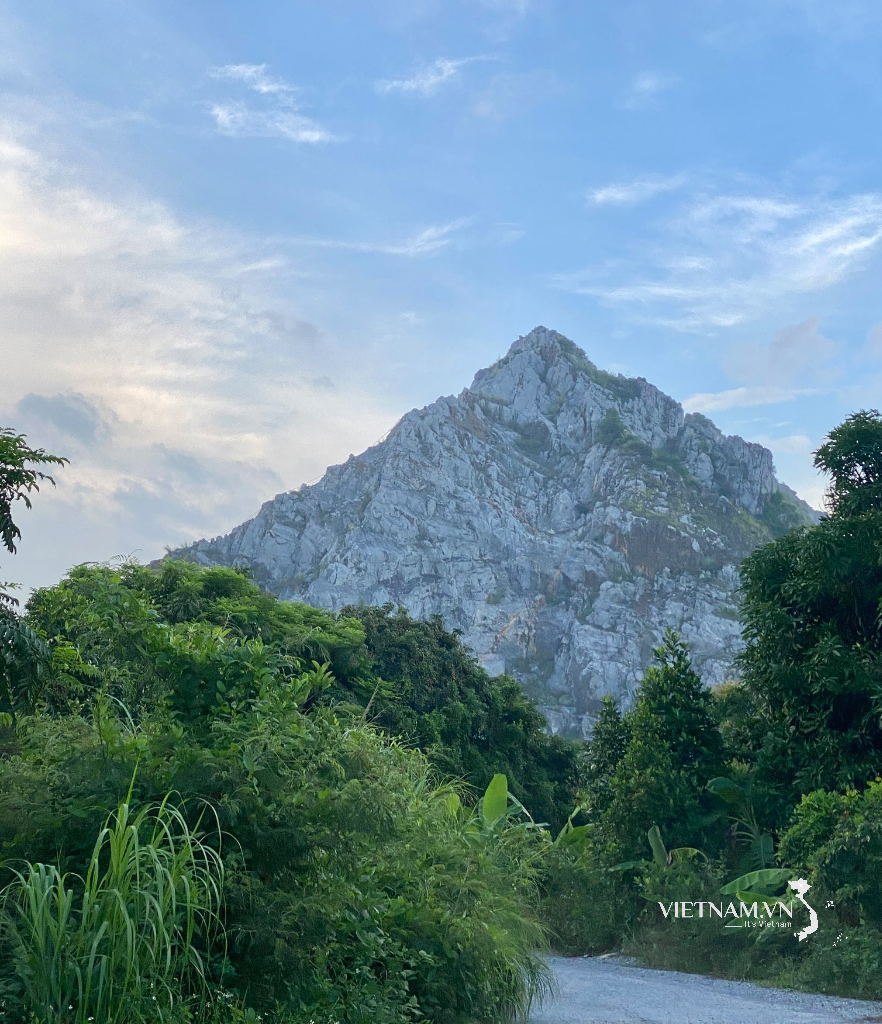


Comment (0)